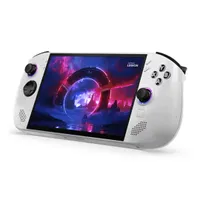The Lenovo Legion Go S just dropped to a new low price, and I'd actually grab it over the SteamOS version
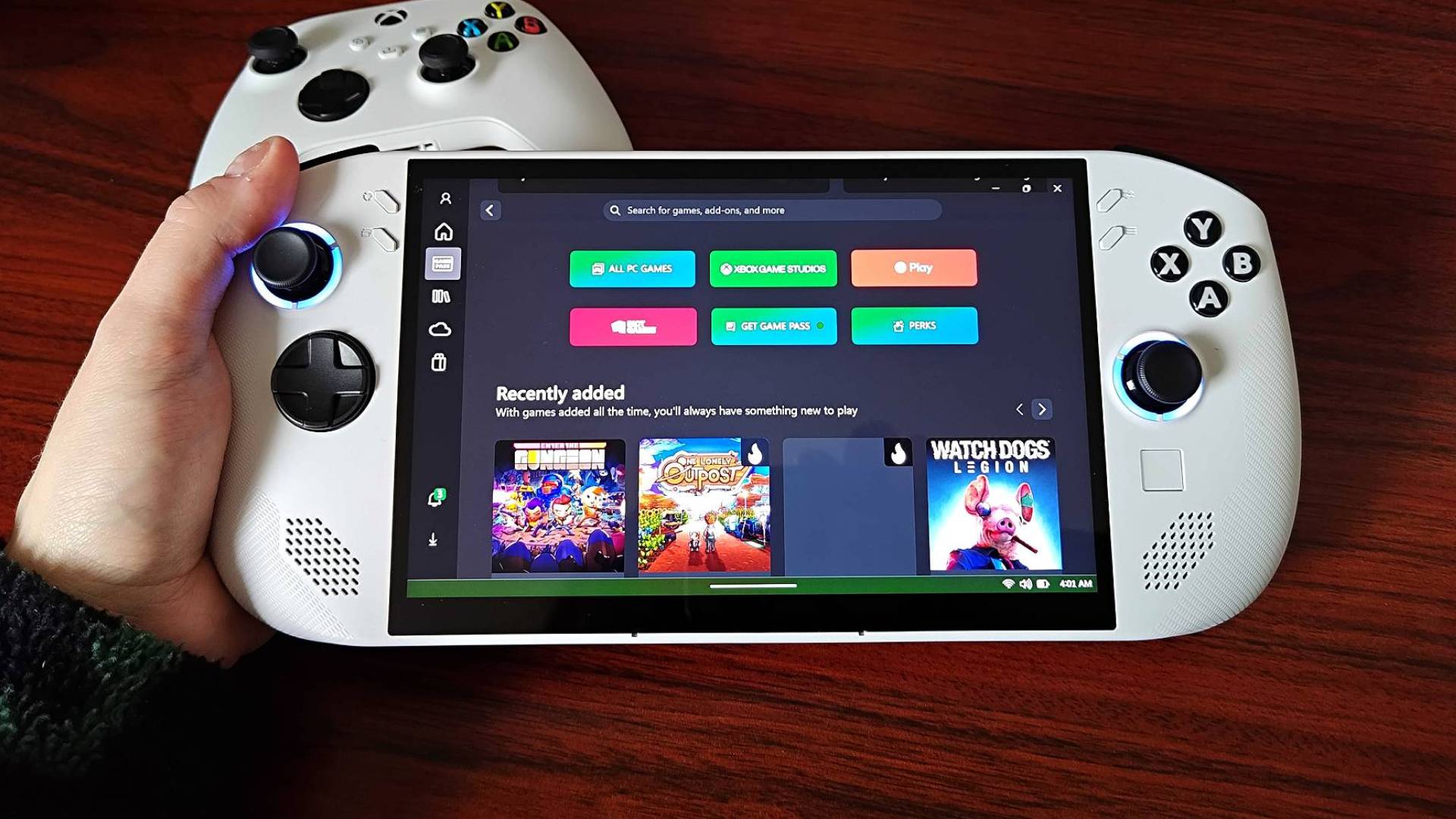
Let's just get one thing straight – the Lenovo Legion Go S is far from being my favorite handheld. It has a lot of potential as an "affordable" portable PC, but the Windows 11 version both costs more than the upcoming SteamOS edition and can't trade blows with the Asus ROG Ally or OG Go. That said, it's currently available for under $600, and that discounted price tag could save you from waiting for the SteamOS model.
Over at Best Buy, the Lenovo Legion Go S has dipped to $599.99, meaning it's now the same price as the base SteamOS model. The $130 discount brings the best gaming handheld contender to a new record low, but rather than focusing on the fact it's never been cheaper, I want you to step back and look at the specs for a moment.
Lenovo Legion Go S Windows 11 | $729.99 $599.99 at Best Buy
Save $130 - Now that it's sitting under $600, the Windows 11 Legion Go S is potentially worth buying over the SteamOS model since it boasts beefier specs and the same price tag. This is a record low for the handheld, too, so you haven't missed out on any better discounts as of yet.
Unlike the SteamOS version, the Windows 11 Lenovo Legion Go S is only available in one pricey flavor in the US. It usually retails for $729.99, but that's because it's packing 32GB LPDDR5 RAM and a 1TB M.2 SSD. Is that overkill since the handheld uses a Ryzen Z2 Go chip that struggles against the Steam Deck OLED and Asus ROG Ally? Absolutely, but the current discount means you're paying the same as you would for the 16GB / 512GB SteamOS edition.
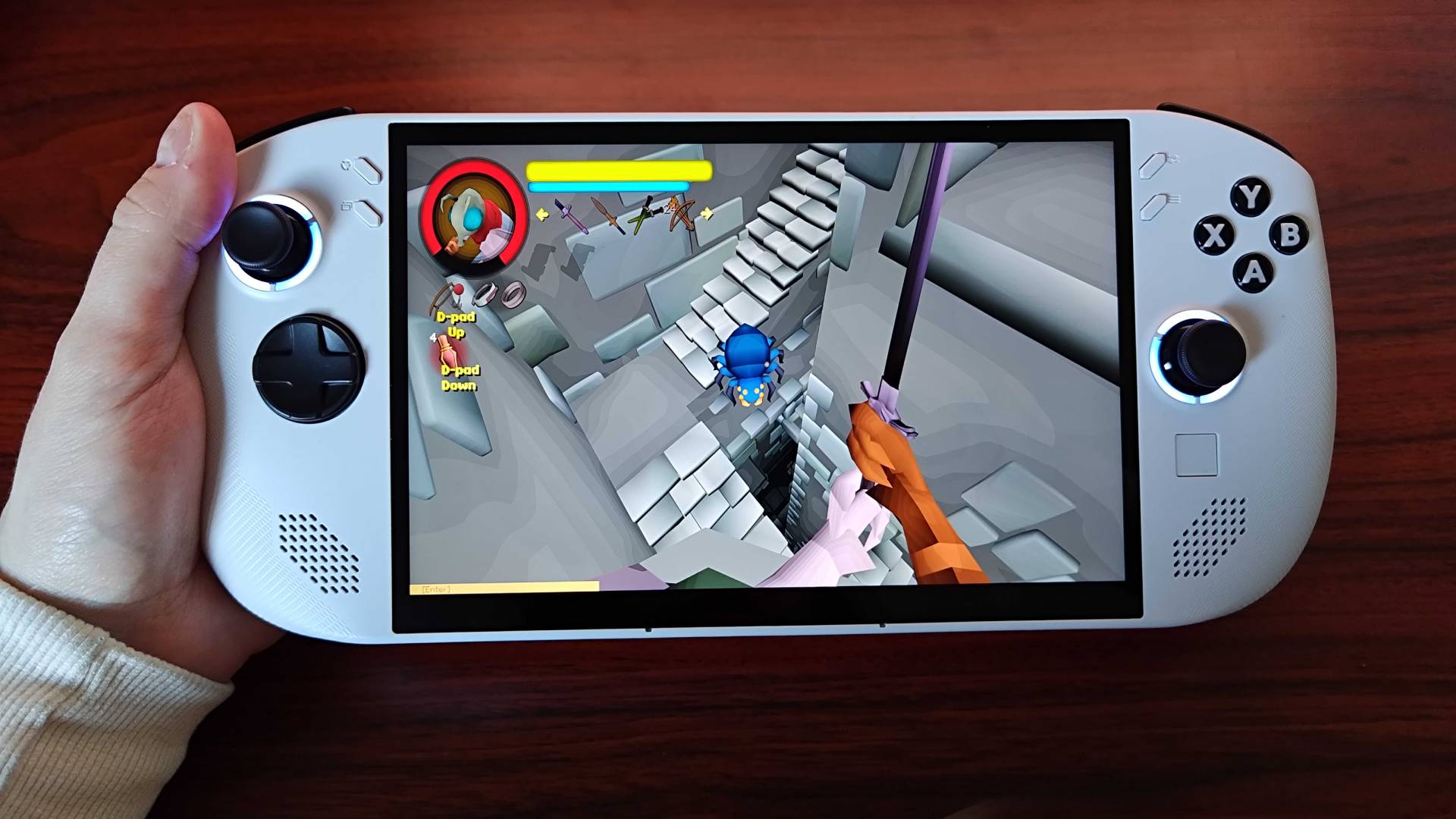
It's safe to say I have beef with the Legion G S due to its mismatched specs, but I actually have extremely mixed feelings about this handheld. They say beauty lies within, but in the case of this portable PC, I love the changes Lenovo has made to its latest device.
Unlike the OG Lenovo Legion Go, you're getting an all-in-one design that ditches the detachable TrueStrike controllers for a much nicer integrated gamepad setup. The shell itself is far curvier, making for a far more comfortable gaming experience, and the build quality feels far more solid compared to the hollow feel of the 2023 model.
By ditching some of the arguably more gimmicky JoyCon-inspired traits, Lenovo also makes room for some useful features. The Legion Go S packs adjustable triggers that will help you switch to clicky hair presses on the fly, and that can make playing some games on the handheld far more effective.
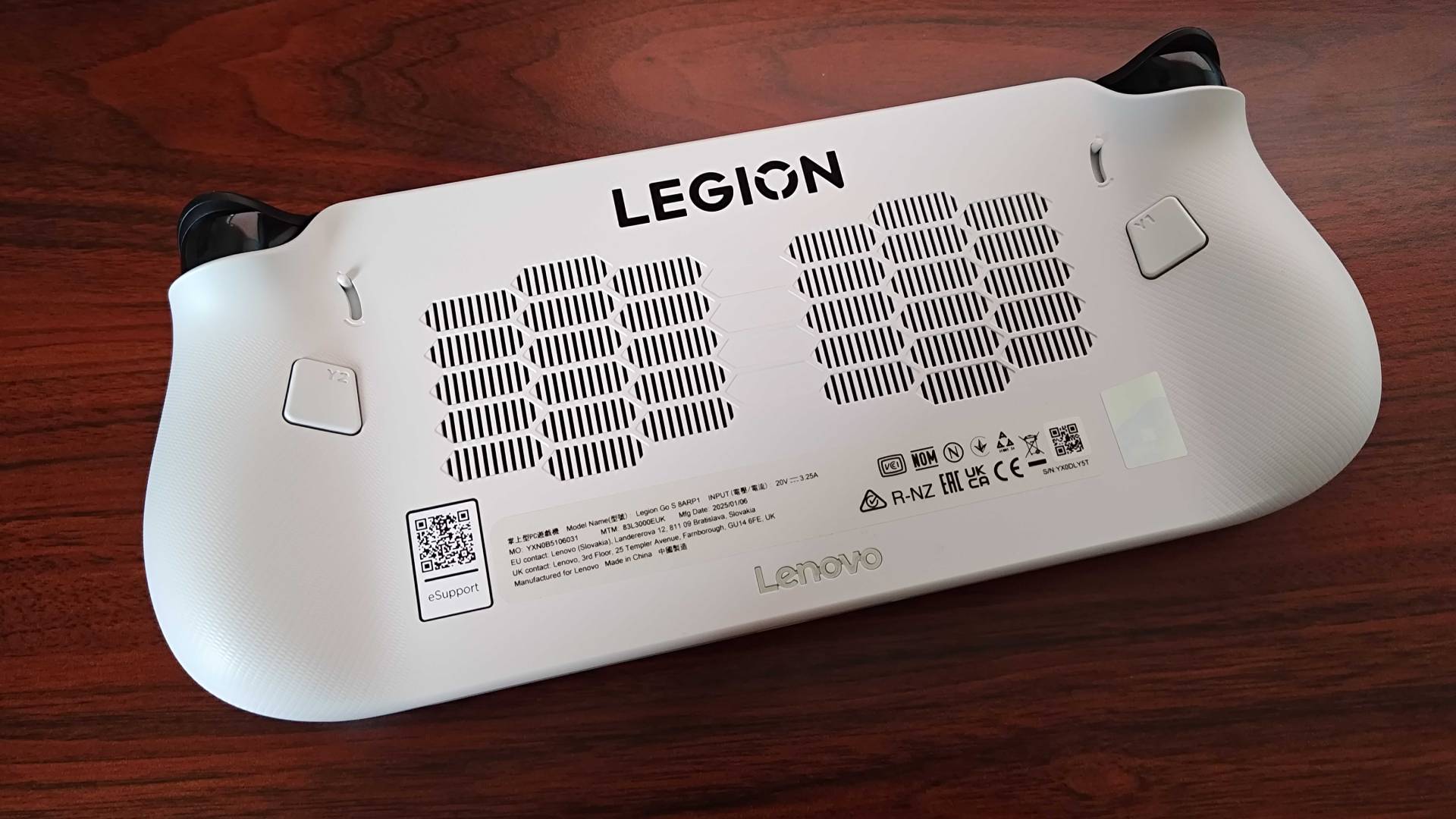
I'm also glad that Lenovo has armed the Legion Go S with an 8-inch 120Hz 1200p display this time around, as that screen feels like a far better fit for a handheld. Sure, you could say the OG's 1600p 144Hz screen will be useful in older releases, but it still feels ambitious since even powerful handhelds like the Zotac Zone and MSI Claw 8 AI+ struggle to maintain 60fps in the latest outings.
I will admit that even at under $600, the Legion Go S is a bit of a hard sell next to the Steam Deck or ROG Ally. Lenovo has really nailed the physical side of things this time around, but performance is a bit of a sore spot for the portable since Valve's cheaper contender isn't miles behind in benchmark tests. We're talking a few frames of a difference in Cyberpunk 2077, which, in the words of Shania Twain, don't impress me much.
That said, I can absolutely see this specific beefier version of the Legion Go S serving as a beefier alternative to the Steam Deck for players with extra cash to spend. The extra RAM might not feel that beneficial in handheld play, but if you're planning to consolize things using a Steam Deck dock, it will ultimately help you boost fps at higher resolutions.
Not only are you going to have an easier time meeting system requirements, but games that are glutenous for memory will give you a slightly easier time. I've tested dozens of tiny rigs at this stage, and if there's one apparent thing, it's that extra RAM aids stability when aiming for low-spec gaming TV play.
Of course, I am skirting around one of this Legion Go S model's inherent flaws - it uses Windows 11. I've said this a million times, but Microsoft's operating system is a blessing and a curse since it offers up storefront versatility at the expense of usability. It simply just isn't as optimised for handhelds as SteamOS, and if you don't want even slight PC vibes cramping your sessions, I can see why you'd want to wait for Lenovo's Valve-infused version.
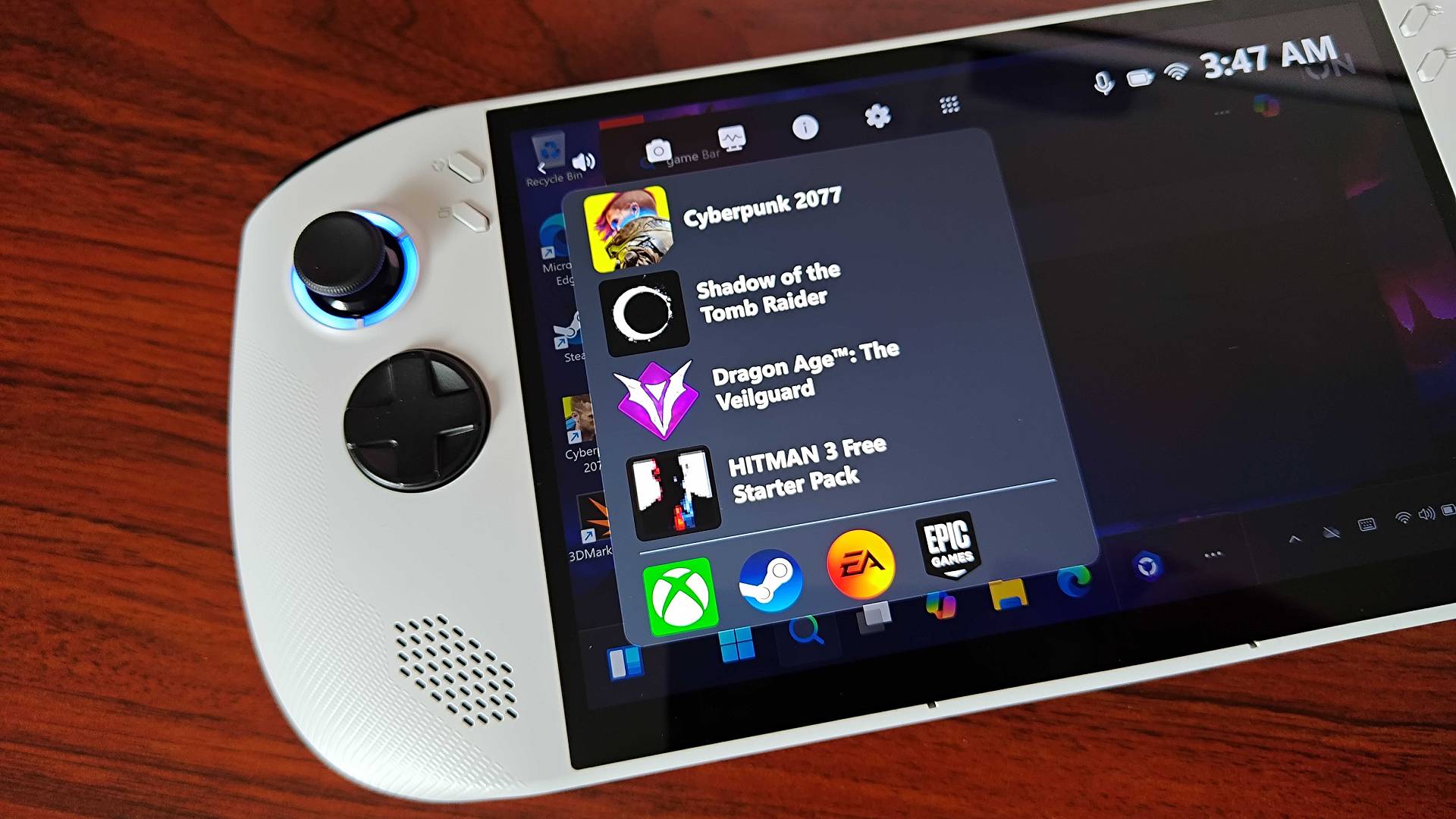
Thankfully, you don't have to buy a specific version to actually embrace SteamOS, as you can install it on the Windows 11 model. I'd absolutely recommend doing this with the currently discounted 32GB / 1TB variant rather than paying the same price for lower specs and Valve's operating system baked in, and there's nothing stopping you from reverting back if you want easy access to Xbox Game Pass and the Epic Game Store.
Already got Valve's handheld? Swing by the best Steam Deck accessories for handy add-ons. If you're looking for a portable rig, you'll also want to peek at the best gaming laptops for beefier systems with larger screens.
Weekly digests, tales from the communities you love, and more

Phil is the Hardware Editor at GamesRadar and joined the team in 2023. In the past, they've also contributed to the likes of TechRadar, The Daily Star, the BBC, and PCGamesN, but these days, they specialize in testing the latest gaming handhelds, monitors, TVs, and PC components. They're also extremely nerdy about retro consoles and playing the classics on both new and old systems.
You must confirm your public display name before commenting
Please logout and then login again, you will then be prompted to enter your display name.
